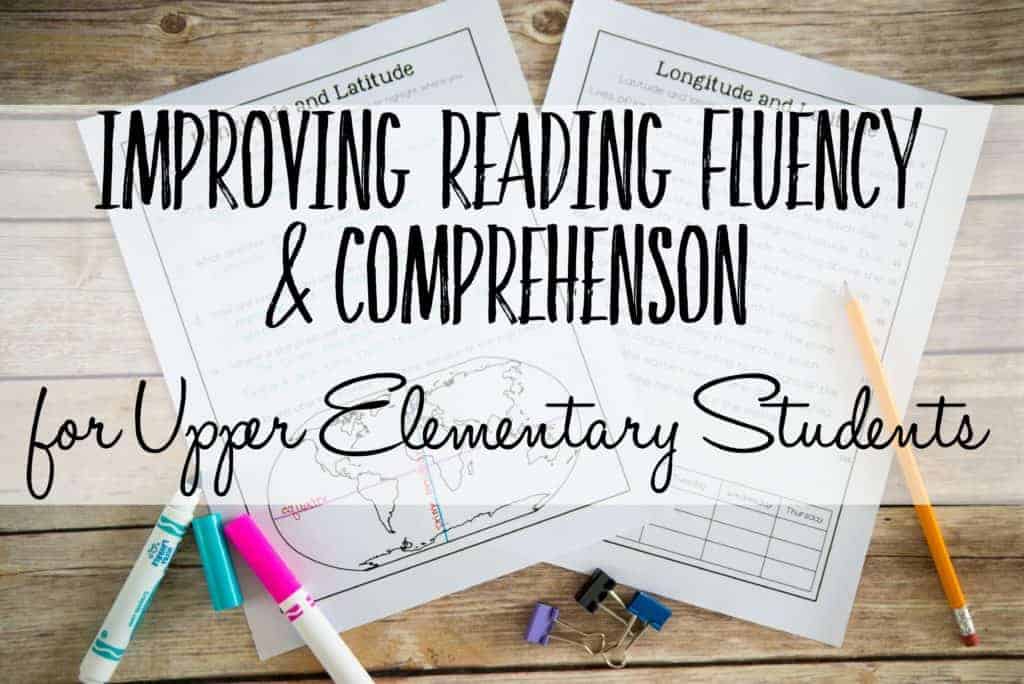
Reading for fluency is an important component of reading instruction. Fluency is the ability to read a text accurately, quickly, with proper phrasing, and with expression. It is important for readers, because it allows students to comprehend what they read, rather than focusing decoding words. Fluent readers recognize words automatically, group words quickly, use appropriate expression, and gain meaning from what they read. Upper elementary fluent readers are more proficient at complex processes that require a deep level of comprehension, such as critical literacy activities and reading to obtain information. I certainly recognize that fluency is not the only component to reading and that extreme speed reading can have negative effects on comprehension. However, I have found that my struggling readers typically have difficulty in reading, because of a lack of reading fluency. Fortunately, there are many ways to improve a student’s reading fluency.
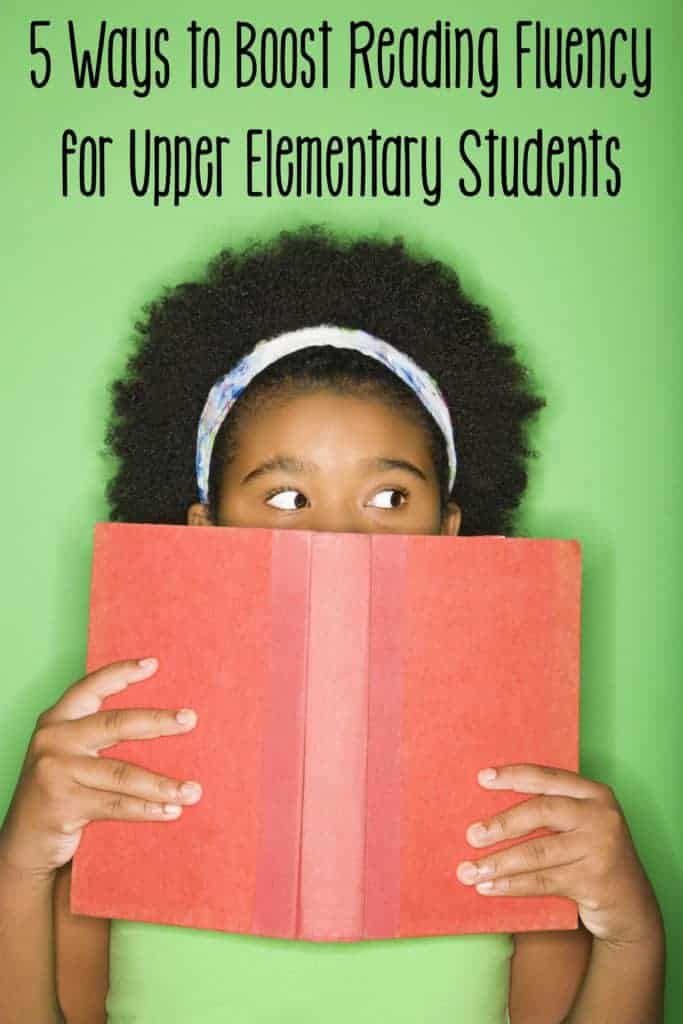
In a word: read
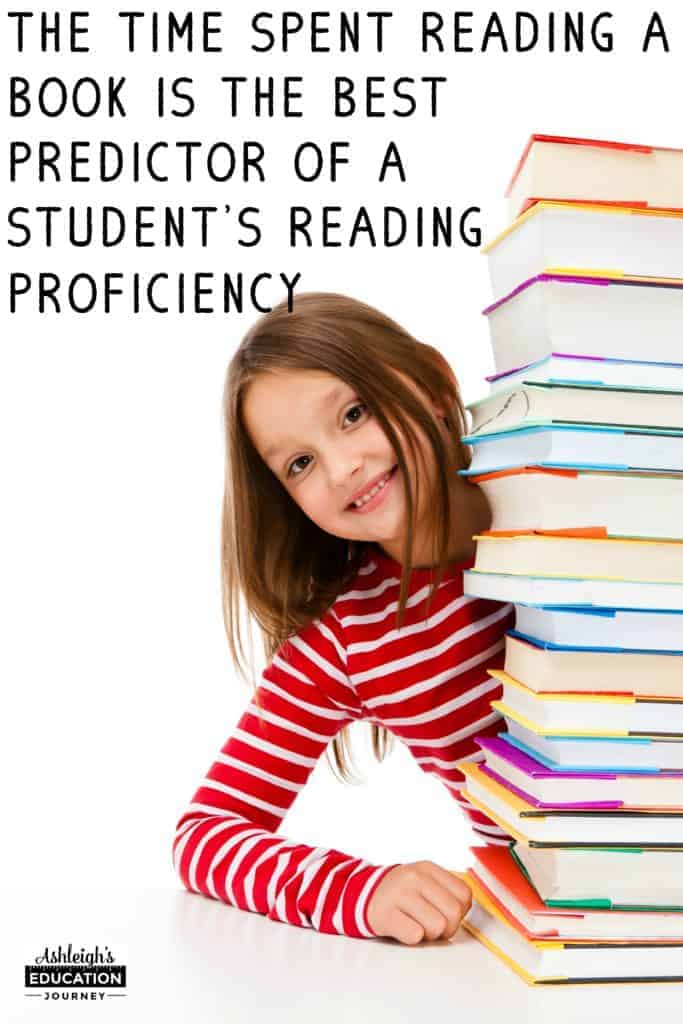
One of the most obvious ways to improve reading for fluency is to get students reading. I was shocked to learn that the time spent reading is the best predictor of a student’s reading proficiency. Extensive reading or wide reading is such an important part of reading instruction. Reading widely includes the quantity of reading materials, the variety of reading materials, and the time spent reading. Students should be encouraged to read books to support content area work and read for pleasure. In my classroom library, I like to include a variety of content area texts, recreational texts, and books on a variety of reading levels. I also like to give my students the opportunity to choose books they want to read, as I believe choice is a powerful motivator. However, I do keep student choices within reason. If I know a student has chosen a book multiple years above their reading level, I try to offer different options to the student: listen to an audio version of the book while reading along or waiting a bit before beginning the book. I also make sure my students have some independent reading time every single day.
Model Fluent Reading
Another great way to increase reading for fluency is by modeling fluent reading by reading aloud to students. Read alouds help build interest in reading, increase students’ vocabulary, and develop syntactical understanding of language. When students listen to fluent reading, they hear appropriate rate, intonation, expression, and phrasing. I begin many of my reading and writing lessons by reading aloud a mentor text. I also set aside about ten minutes a day when I read from our class chapter book. Our read aloud provides a great transition from recess to math, because students need a little time to calm down and get back in the right frame of mind for academic learning.
Repeated Reading
Repeated reading is my absolute favorite way to improve reading fluency. I often tell my students that it works like magic. Yes, I do know how it works, but magic sounds a lot more fun to my students:) My favorite resources for repeated reading are my fluency passages that integrate with common third and fourth grade social studies and science topics. The fluency passages have made a tremendous impact on my students’ reading fluency, and I love the fact that my students are also reading information that we are studying in social studies and science. These passages are what my students take home as homework to read to their parents, or adult, every night.
Differentiate Reading For Fluency
I only assign the repeated reading homework to students who need to work on fluency, because I don’t want to overly encourage excessive speed reading, where students blaze through a passage and have no idea what they read. It’s important to emphasize that we read for meaning. I check student’s cold read of the passage on Monday morning, and then they are to read the passage out loud to an adult three times a day Monday through Thursday and record the number of words read per minute. Then, I reassess students to Friday, and they are always so amazed by their progress.
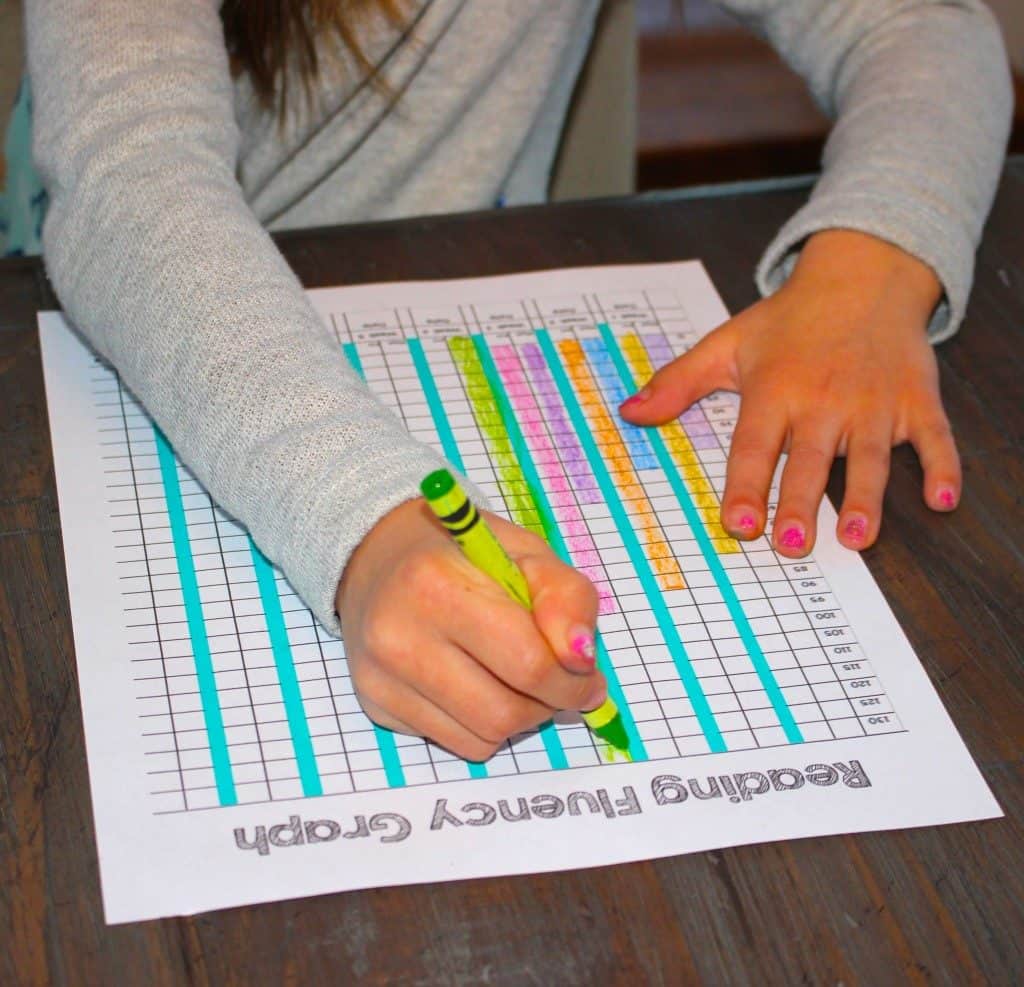
Students graph their words per minute, so they can monitor their weekly progress, as well as their progress in cold reads. Over the years, I’ve noticed that my students have needed quite a bit of extra practice locating information in a text, as well as fluency practice. For some reason that skill gives my students so much trouble, not only in reading but in social studies and science too. This problem has led to add comprehension questions to my fluency passages.
There is a set of text dependent comprehension questions for each social studies and science passage. The questions are on a separate page, rather than on the passage itself. This leave plenty of room for students to answer the questions in complete sentence and gives enough space in the passage for students to indicate where they found the answer to the question. I have my students underline the sentence or phrase where they found the answer and restate the question to form a complete sentence. The first four questions on the comprehension pages are who, what, when, where, and why questions. The fifth question will require students to answer in a paragraph (there are a couple graphic organizers rather than paragraphs). Students will only need the information in the fluency passage to write their paragraph.
Reading For Fluency – Poetry/Choral Reading
Having students read aloud along with well-paced, expressive reading models also helps improve reading for fluency. I love using poetry for choral reading with this reading for fluency practice. I’ll make a copy of the poem and display it underneath my document camera, so all students can read the poem. This gives students the opportunity to practice fluent reading and exposes them to a variety of poetry. I love the book Poems to Learn by Heart by Caroline Kennedy.
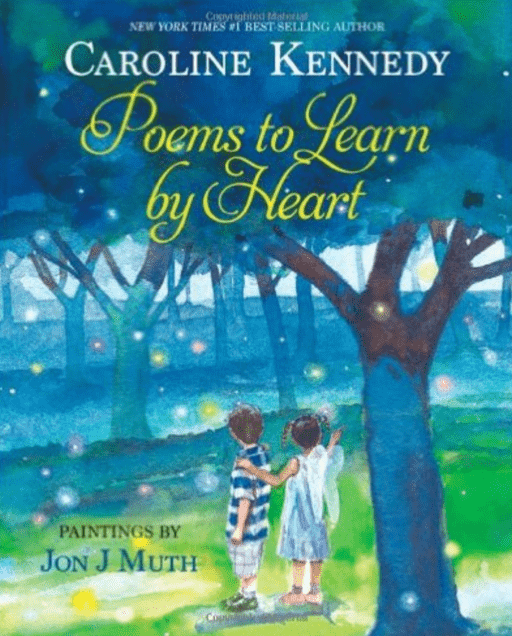
Reading For Fluency With Reader’s Theater
What’s not to love about reader’s theater!? Students love it, and it’s easy to implement! I do try to find plays that integrate social studies and science, because I’m always finding ways to integrate content area concepts as often as possible. The U.S. History books below are perfect for my social studies standards!
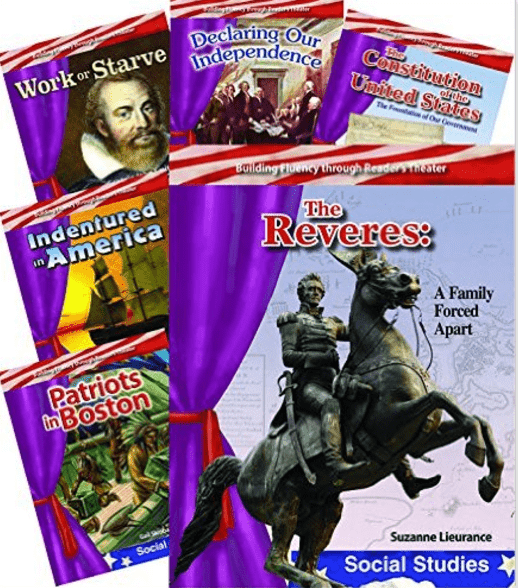
What are some of your favorite ways to improve reading for fluency? If you want more ideas on teaching upper elementary reading, but sure to check out this post!


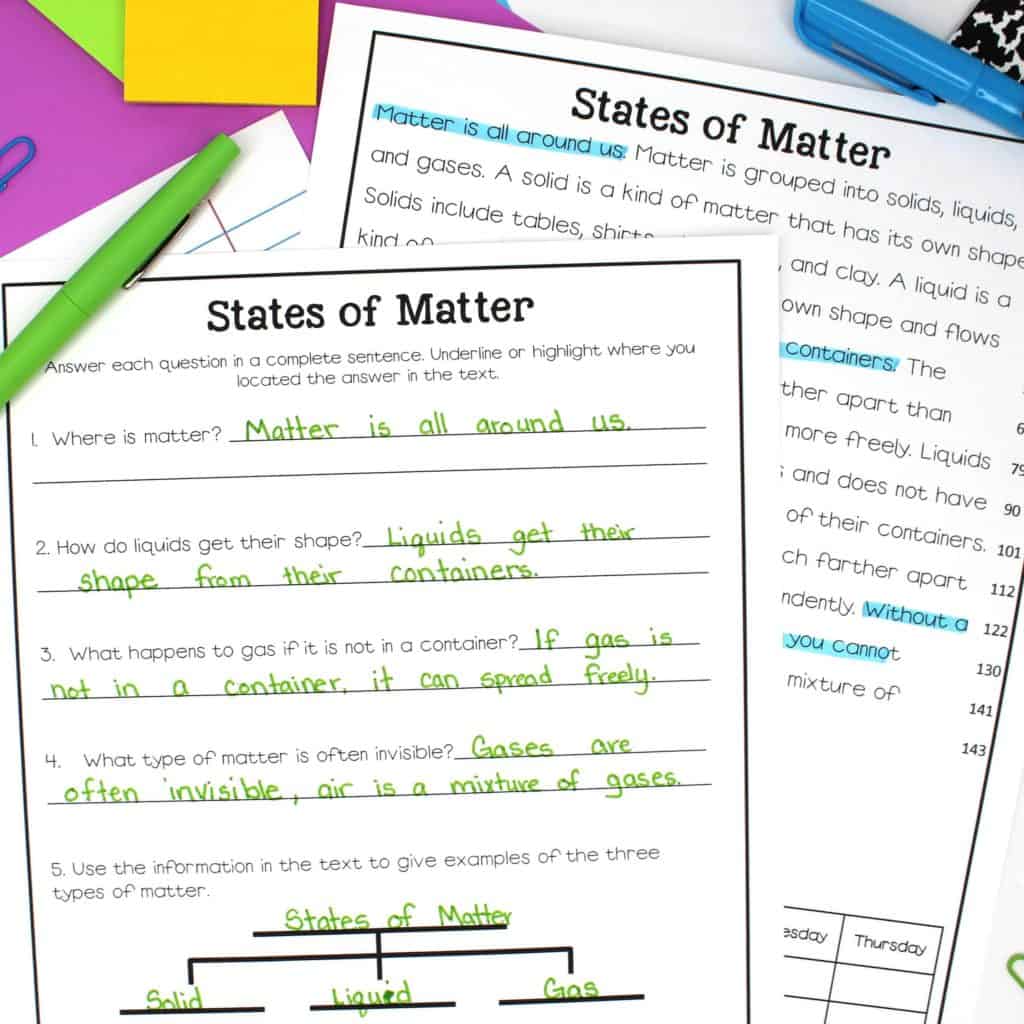


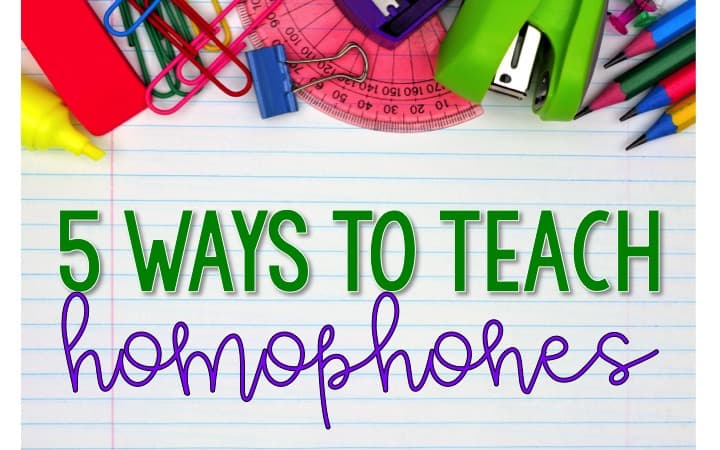
Hello,
I am enjoying reading your blog as I am a new 3rd grade reading teacher this year.
Would it be possible for me to get some of the reading fluency worksheets you mentioned on April 15th?
Thank you!
The links should be in the blog post. Let me know if you don’t see them!